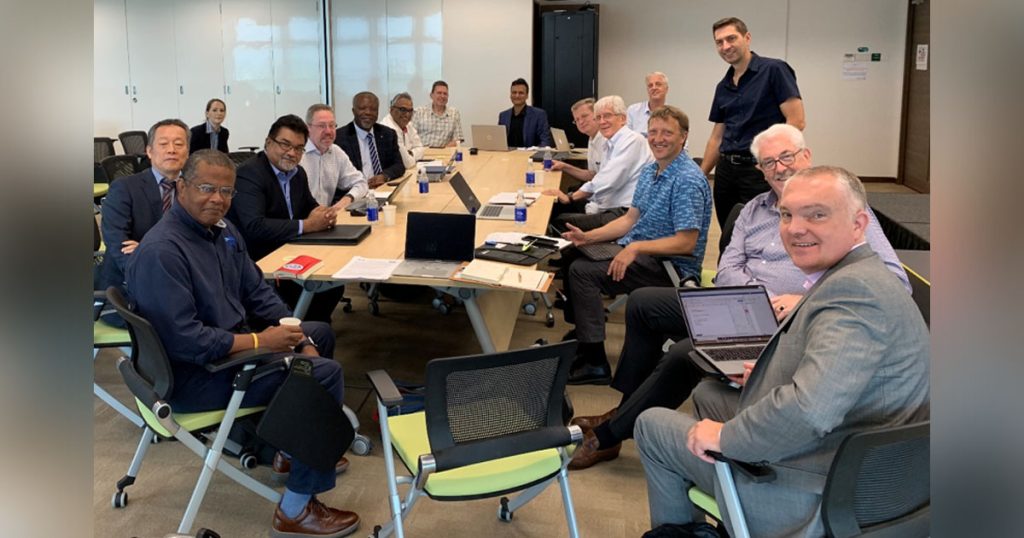Late last month, Ocean Specialists Inc. (OSI) was in attendance at the United Nations ESCAP (Economic and Social Commission for Asia and the Pacific) roundtable titled: Maritime Sector Strategies to Augment Tsunami Monitoring with Economic Safety and Environmental Co-Benefits.
Held at the Maritime and Port Authority of Singapore from the 22nd to the 23rd of August, this roundtable discussed the latest technology developments for tsunami monitoring as well as exploring the best locations for future sensor network development.
OSI participated with other major International Maritime Organizations to develop strategies to address Tsunami early warning. The conference focused on three areas to support ocean data-gathering efforts: Shipping, Oil and Gas and Submarine Cables. All three industry sectors can potentially provide vital essential ocean variables (EOV’s) data to Disaster prevention and recovery agencies to support early warning to countries most affected by Tsunamis Earthquakes and Volcanos. The current system of buoys, satellites and other ocean sensors could use additional data points to provide a more robust system of ocean sensing information to help warn potential impact areas globally.
The economic impacts for the Maritime community are potentially enormous for countries like Singapore that act as transshipment points for cargo destined to Indonesia, Malaysia, Thailand, Africa, India, and Europe. A repeat of the 2004 Indian Ocean Tsunami would have a devastating effect on regional economies that could trigger global shocks in the financial system, not to mention the loss of life and property if the Global community doesn’t support Early Warning efforts.
There will be a follow-on meeting in 2020 to build on the efforts currently underway with these collaborative groups: ICPC, IMO, IALA, OCIMF, UNDRR, JTF, and OSI.
